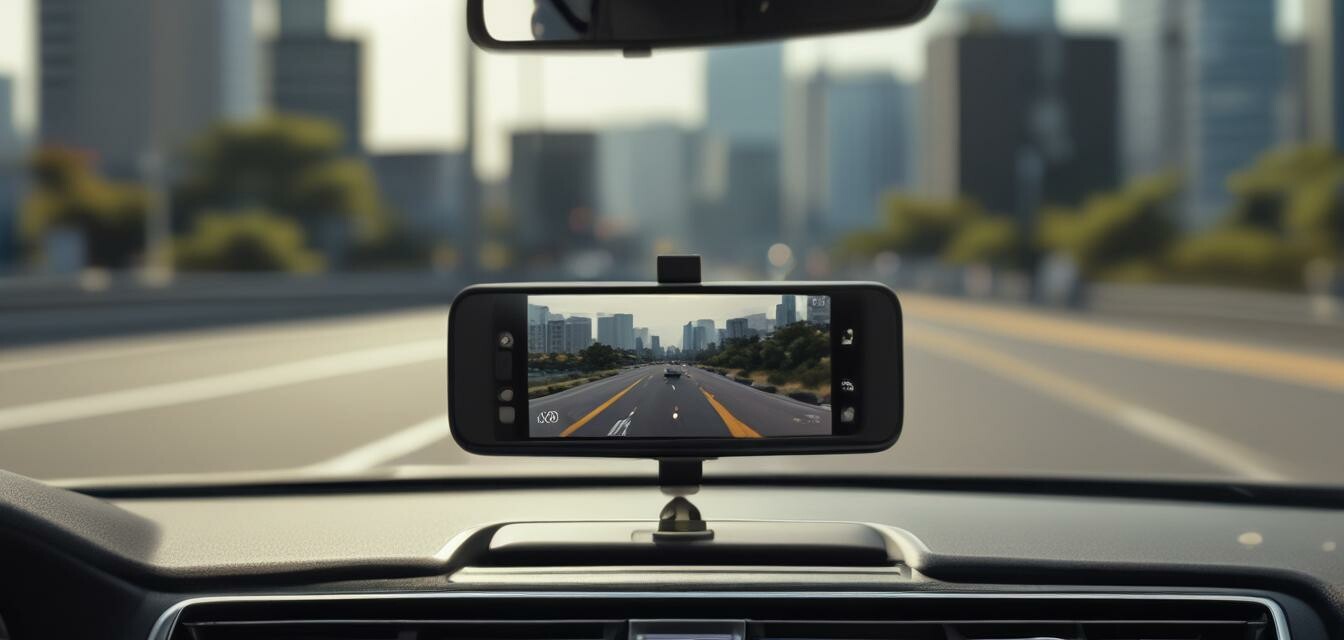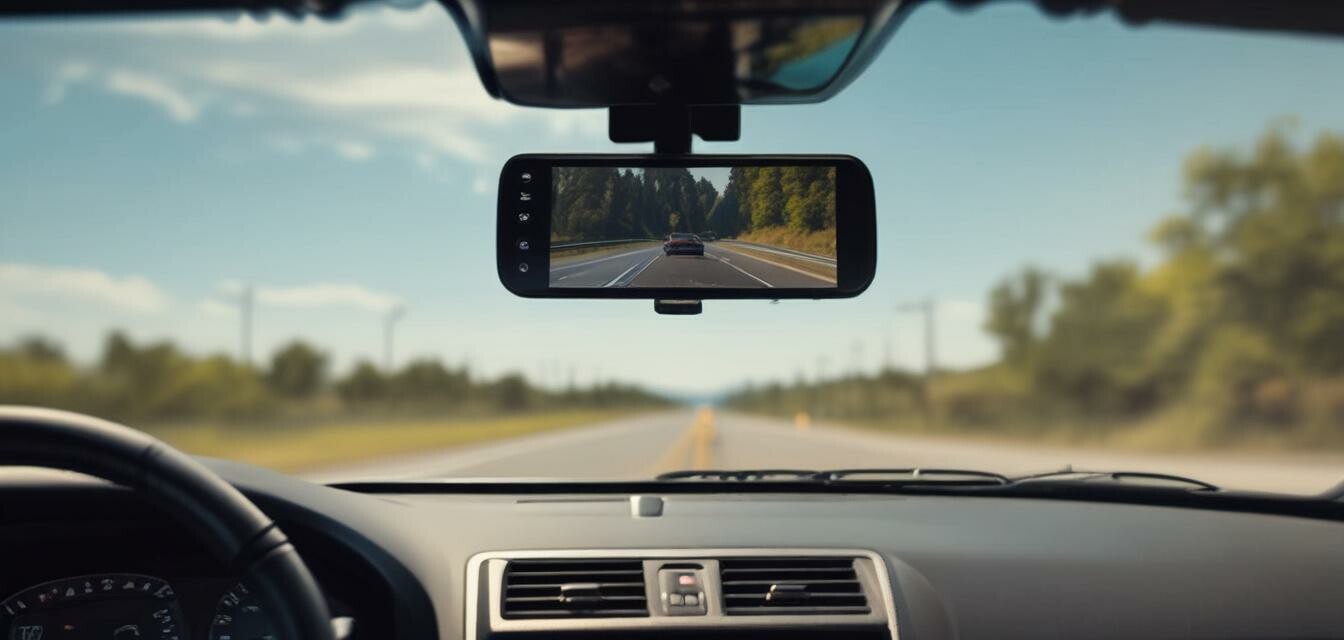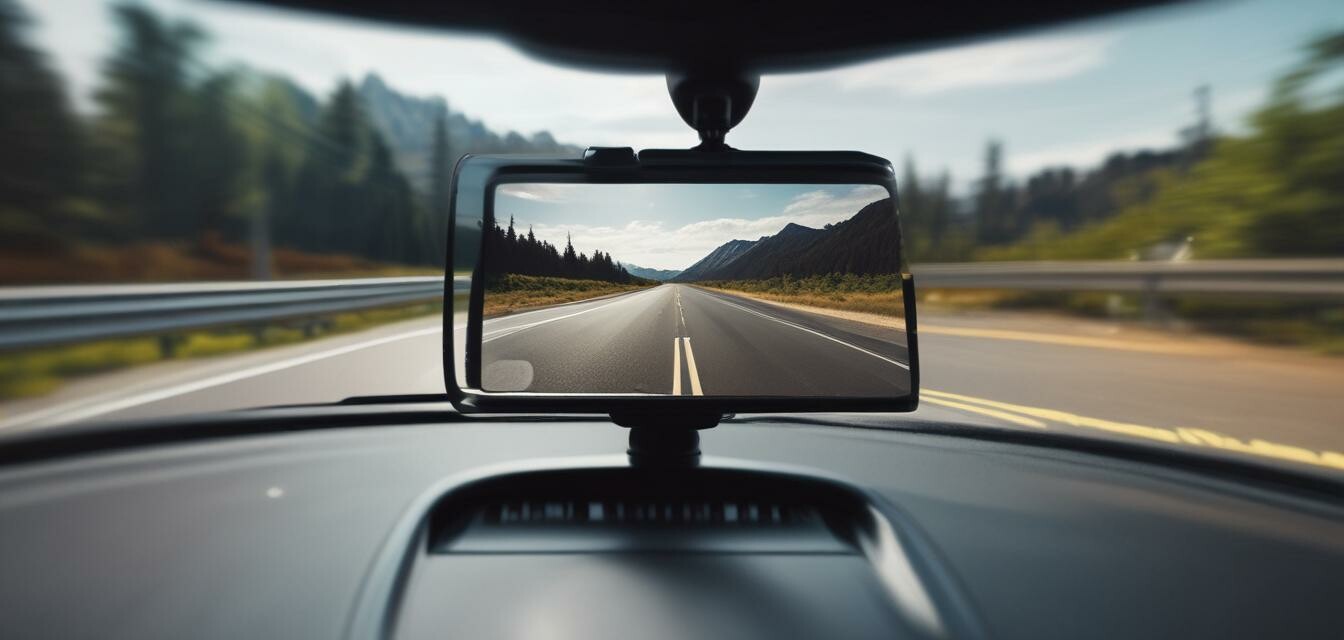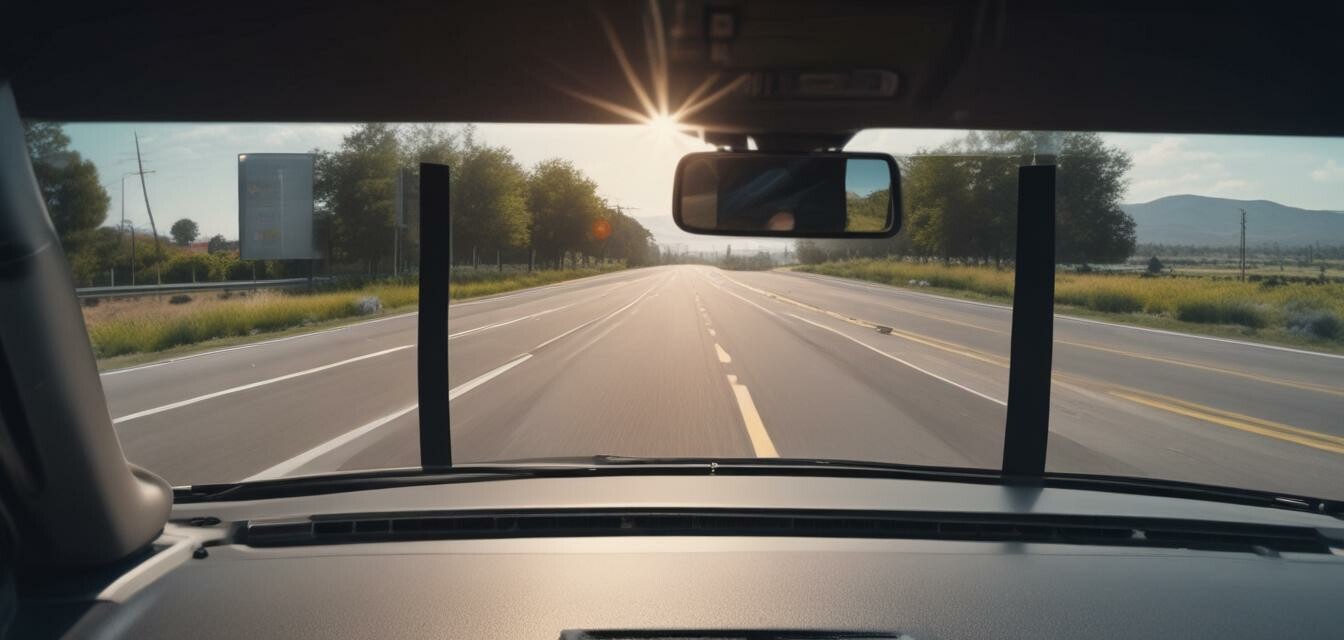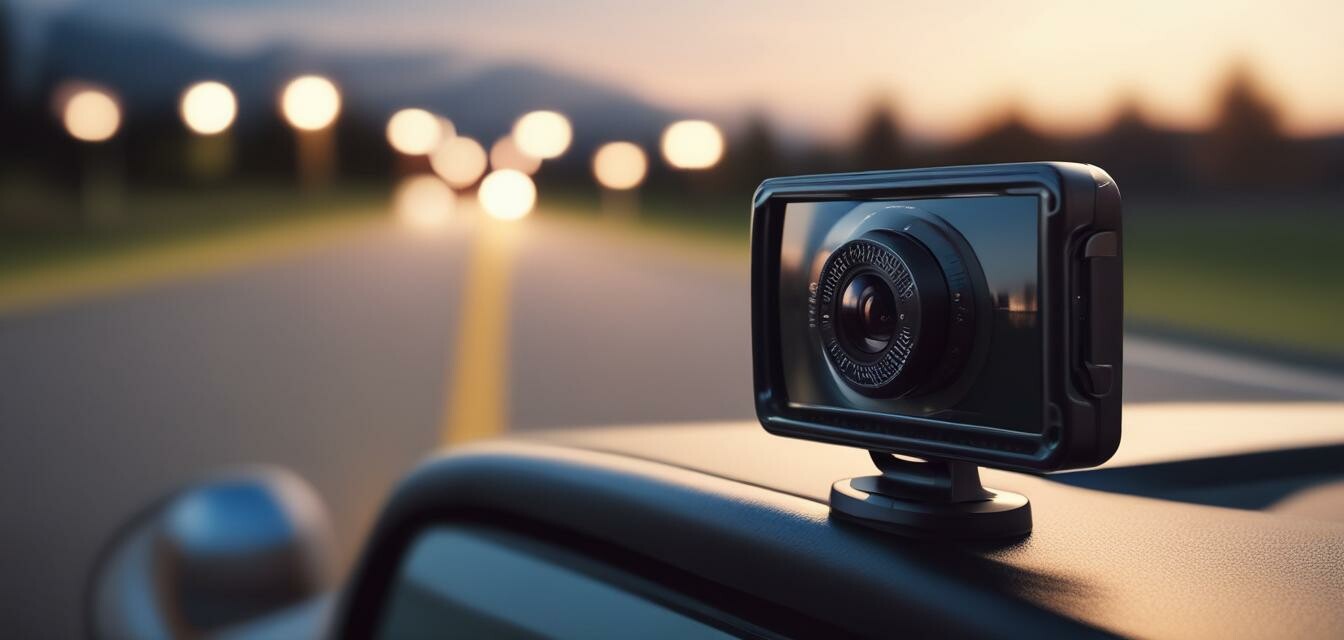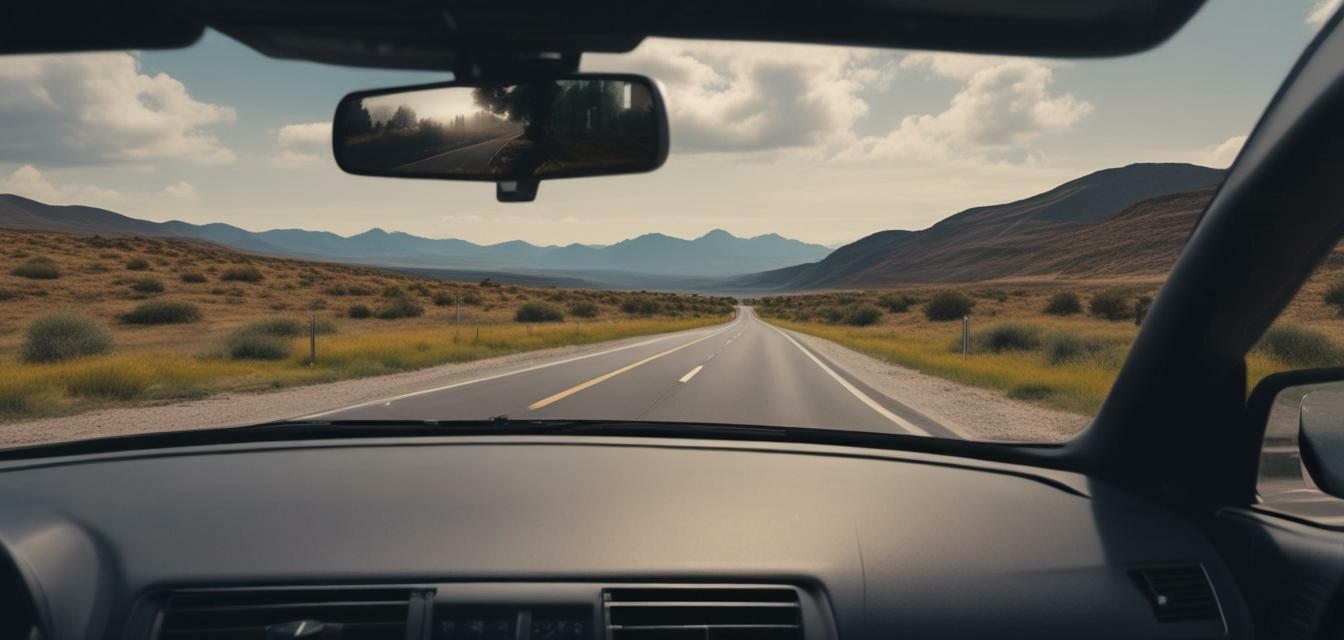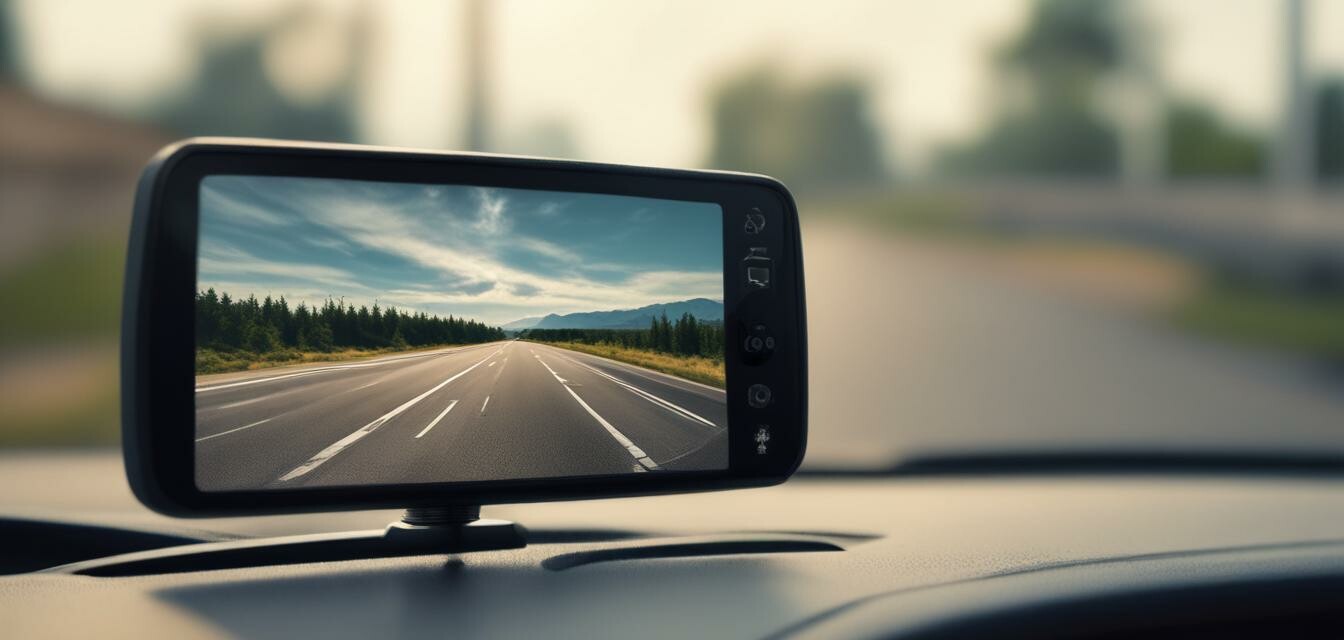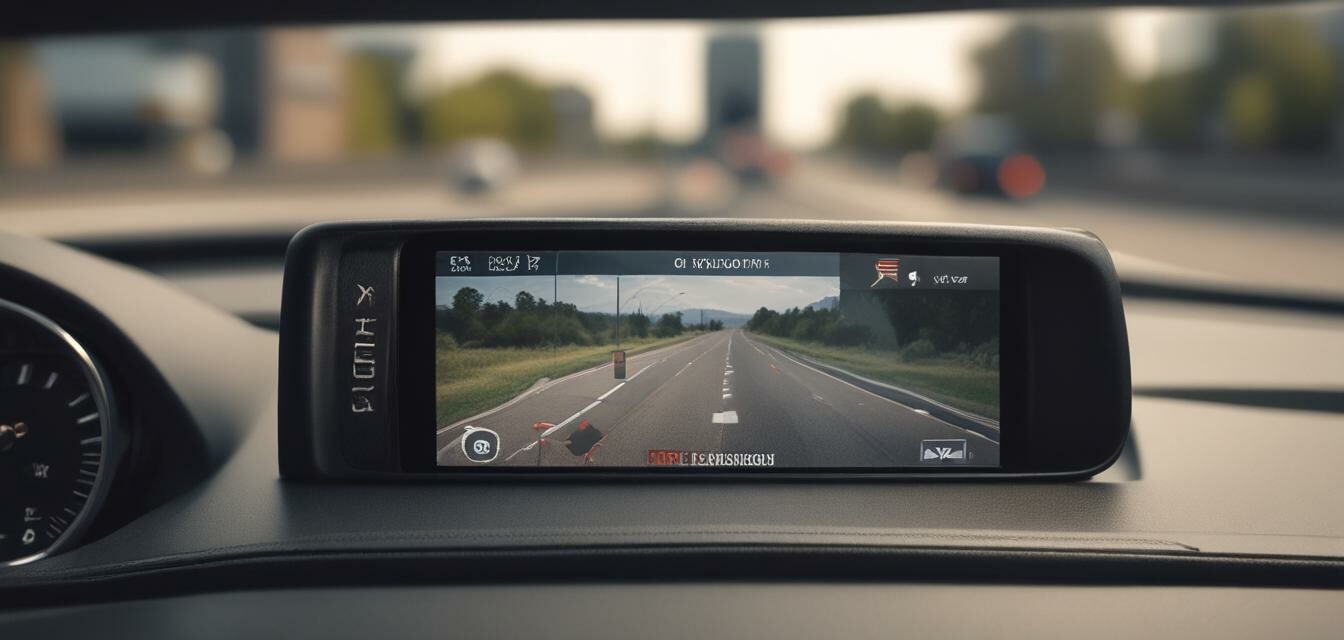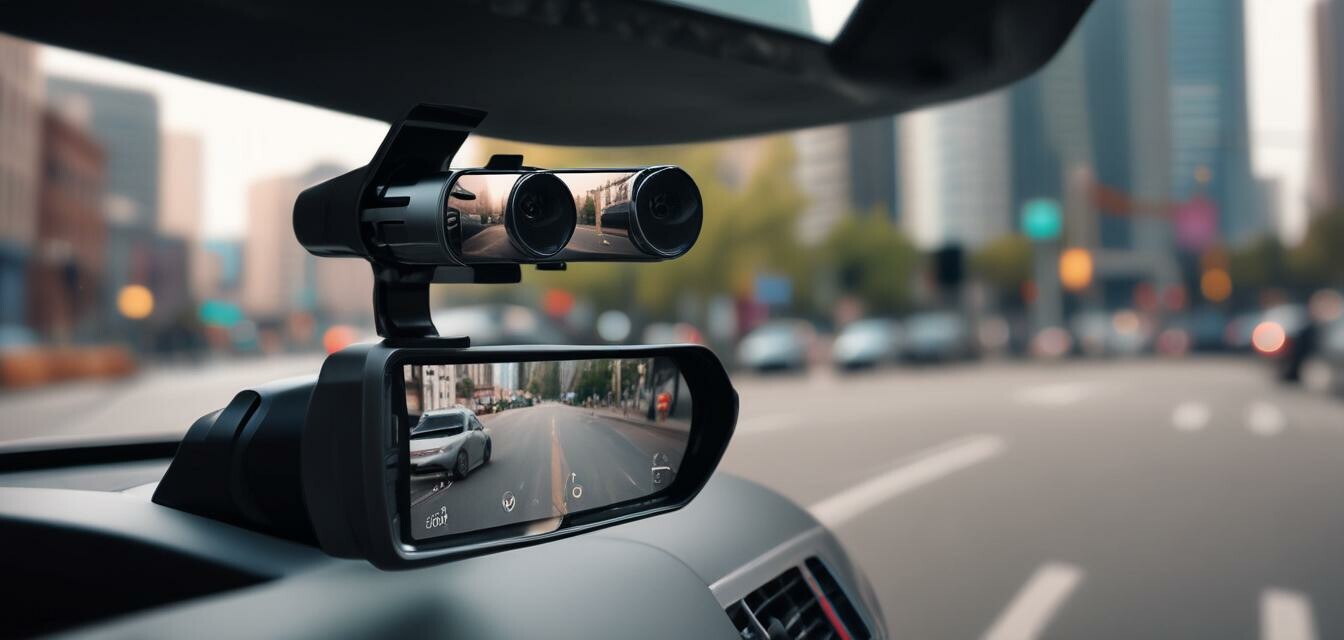
Dual-Lens Dashboard Cameras
Key Takeaways
- Dual-lens dashboard cameras provide both front and rear recording for comprehensive coverage.
- High-resolution video quality is essential for capturing clear details in various driving conditions.
- Features like night vision and wide-angle lenses enhance the overall functionality.
- Wi-Fi connectivity and mobile app support allow for easy video management and sharing.
- Consider compact designs for better aesthetics and functionality in smaller vehicles.
As the demand for safety and security on the road continues to grow, dual-lens dashboard cameras have emerged as a popular choice for drivers. These devices not only record the view in front of the vehicle but also capture what happens behind, providing a complete picture of the driving experience. In this article, we will explore the features, benefits, and considerations of dual-lens dashboard cameras, helping you to make an informed decision.
What are dual-lens dashboard cameras?
Dual-lens dashboard cameras are advanced recording devices that consist of two separate cameras: one facing the front of the vehicle and the other facing the rear. This configuration allows for simultaneous recording of both views. By capturing footage from both angles, these cameras can provide vital evidence in case of accidents or disputes.
Benefits of dual-lens dashboard cameras
- Comprehensive coverage: Dual-lens cameras ensure that you have video evidence from both the front and rear, which is crucial in many driving situations.
- Increased safety: Having a rear view can help in preventing accidents and improving overall driving safety.
- Improved evidence: In the event of an incident, having footage from both cameras can provide clearer context and support your claims.
- Deterrent against theft: The presence of a visible camera can deter potential thieves or vandals.
Key features to consider
| Feature | Description |
|---|---|
| Video Resolution | Choose cameras with at least 1080p resolution for clear video quality. |
| Night Vision | Look for models that perform well in low-light conditions. |
| Wide-Angle Lens | A wide-angle lens captures more of the scene, reducing blind spots. |
| Wi-Fi Connectivity | Allows for easy video transfers and live viewing through a mobile app. |
| Storage Options | Consider models that support expandable storage via SD cards. |
Comparison with other camera types
| Camera Type | Front Camera Only | Dual-Lens Dashboard Camera |
|---|---|---|
| Coverage | Front view only | Front and rear views |
| Video Quality | Varies, typically 1080p | High-quality, often 4K options available |
| Cost | Generally lower | Typically higher due to additional features |
| Evidence Collection | Limited to front incidents | Comprehensive, including rear incidents |
Installation tips for dual-lens dashcams
Beginners Section
- Choose a mounting location that provides a clear view of the road.
- Ensure both cameras are securely attached and properly aligned.
- Run the cables neatly to avoid obstruction and maintain a clean look.
- Test the camera angles and recording features before finalizing the installation.
How to choose the right dual-lens dashboard camera
When selecting a dual-lens dashboard camera, consider the following:
- Video Resolution: Higher resolution offers better clarity. Look for 1080p or 4K options.
- Night Vision: Important for nighttime driving; choose models with good low-light performance.
- Size: Compact designs are less intrusive and can be installed in smaller vehicles.
- Price: Set a budget, but remember that higher quality often comes at a higher price.
- Brand Reputation: Research customer reviews and brand reliability.
Frequently asked questions
1. Do dual-lens dashboard cameras require special installation?
Most dual-lens cameras come with easy-to-follow installation instructions. However, professional installation can be beneficial for those unfamiliar with electronics.
2. Can I use a dual-lens dashcam without connecting it to the car's power?
While you can use them on battery power, it is recommended to connect them to your vehicle's power source for continuous recording.
3. What should I do if my dashcam doesn’t record?
Check the memory card for errors, ensure the camera is properly powered, and review the settings to confirm recording is activated.
4. Are dual-lens dashcams legal?
In most countries, dual-lens dashcams are legal as long as they do not obstruct the driver's view. Always check local laws for specific regulations.
Conclusion
Dual-lens dashboard cameras provide invaluable benefits for drivers seeking enhanced safety and security. With comprehensive coverage, high-quality recording options, and additional features such as night vision and Wi-Fi connectivity, these devices are a smart investment for every vehicle owner. Evaluate your needs and consider the features discussed in this article to find the perfect dual-lens dashcam for your vehicle.
Pros
- Comprehensive front and rear recording.
- High-quality video resolution options.
- Enhanced safety features.
- Deterrent against theft and vandalism.
Cons
- Generally more expensive than single-lens cameras.
- Installation may be more complex.
- Can take up more space on the windshield.
